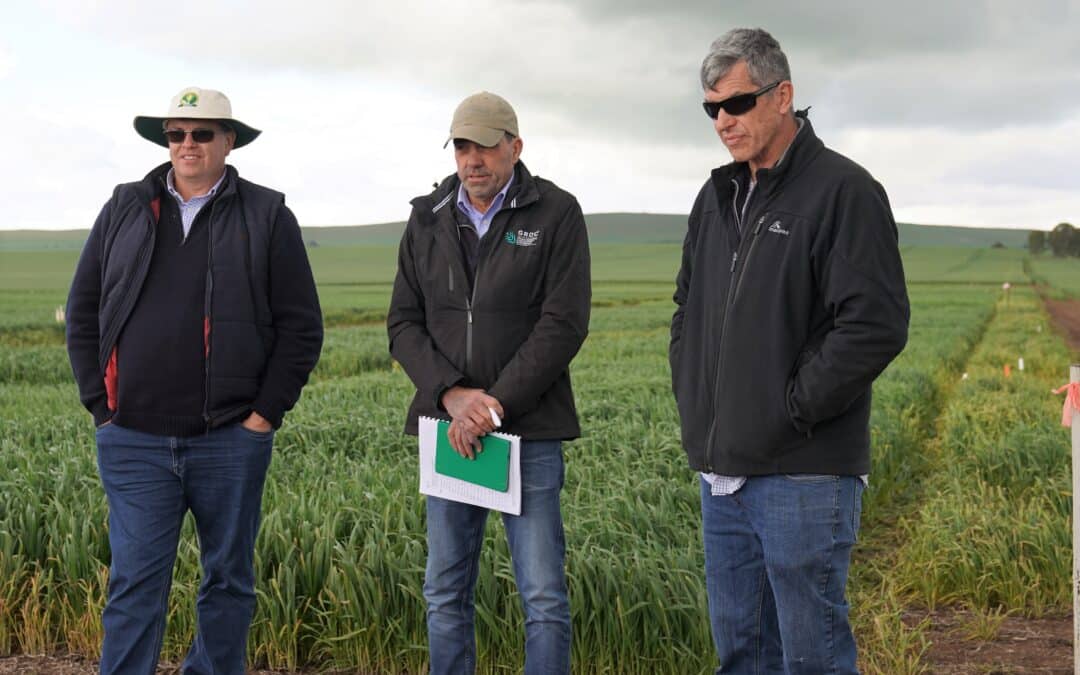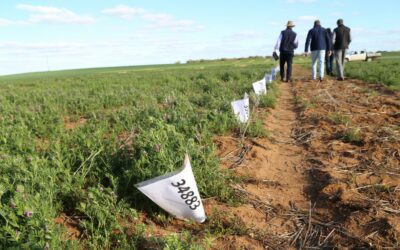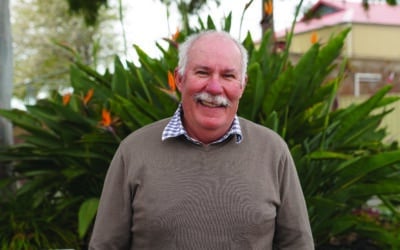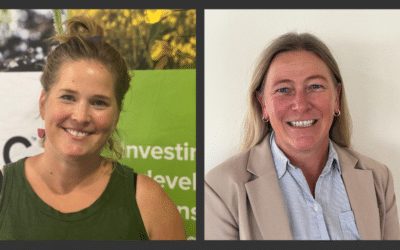A collaborative approach to investing in grains research in South Australia is adding value to the benefits being delivered to the State’s growers.
The South Australian Grain Industry Trust (SAGIT) and the Grains Research and Development Corporation (GRDC) are currently co-investing in four projects, three of which are new projects starting this year.
SAGIT chairman Max Young said his organisation’s strategic collaborations with GRDC were enabling expanded research investment.
“SAGIT and GRDC share a common understanding of the importance and value of the projects SAGIT prioritised for industry funding and we welcome GRDC’s additional support for some of those projects,” Mr Young said.
“It is a sensible approach to research investment that puts the State’s growers first and foremost. With additional investment support from GRDC, we can broaden research efforts and enhance on-farm impact.
“The co-investment model we have established with GRDC is also further supporting the research community through the injection of additional funds, and it reduces the risk of potential research duplication.”
GRDC Grower Relations Manager South, Tom Blake said effective collaboration and co-operation across the research sector were critical to avoid duplication and maximise efficiencies.
“GRDC is committed to working closely with research partners, like SAGIT, to ensure we invest in research, development and extension (RD&E) that is informed by growers and advisers and importantly delivers genuine gains at farm level,” Mr Blake said.
“In this case we are investing in critical areas such as crop protection and identifying agronomic tools to manage seasonal challenges such as frost, as well as post farm gate market opportunities.
The three new projects which have commenced this year with a 50:50 investment split between SAGIT and GRDC are:
- Developing a new high value noodle market for SA growers, led by the Australian Export Grains Innovation Centre ($400,000 total investment). This three-year project aims to establish a new high-value noodle wheat market for SA, increasing demand in Taiwan, South Korea and Hong Kong, and improving returns for growers. It will position a segment of the Australian Hard (AH) class as a premium noodle grade in Asia, creating additional value for selected hard wheat varieties grown in SA at AH protein levels.
- Agronomy strategies for frost management in pulse crops, led by the University of Adelaide ($123,000 total investment). This three-year project will provide management strategies for growers to successfully include a wider range of break crops in frost-prone environments. Novel management strategies that either provide crop protection or avoidance during the critical reproductive stages, such as including mixed species cropping (intercropping) and delayed sowing, will be investigated to successfully grow pulse crops in frost prone environments.
- Revegetation for enhanced biocontrol of pest conical snails, led by the University of Adelaide ($240,000). This three-year study will investigate the impact of native revegetation on suppressing conical snail populations on the Yorke Peninsula. The establishment of revegetation strips adjacent to grain cropping paddocks and near silos can enhance the survival of a beneficial parasitoid fly by providing essential floral food resources and refugia, boosting parasitism rates and suppression of pest conical snails.
The continuing co-invested project is the Frost Learning Centre for farmers, advisers and researchers which is led by the Mid North High Rainfall Zone Group. This $305,000 project began last year and will conclude in 2023.
Through the Frost Learning Centre, research is being conducted on physiological traits that result in a slight increase in frost tolerance; frost avoidance strategies such as variety, time of sowing, mixes and intercropping, plant growth regulators, delayed maturity interventions; mitigation of frost damage through dual purpose wheat and barley for yield, hay or grazing; and rapid and remote sensing of frost damage. The centre, established at Farrell Flat in SA’s Mid North, aims to be a template for establishing frost learning centres elsewhere.
SAGIT is funded by a voluntary grower levy of 30 cents per harvested tonne.
ENDS
Caption: SAGIT Trustee Ted Langley (left), GRDC Southern Region Panel member Michael Treloar and SAGIT Chair Max Young pictured at the co-invested Frost Learning Centre trial site at Farrell Flat which is managed by the Mid North High Rainfall Zone Group.
For interviews, please contact Bridget Penna, AgCommunicators, 0429 676 413




